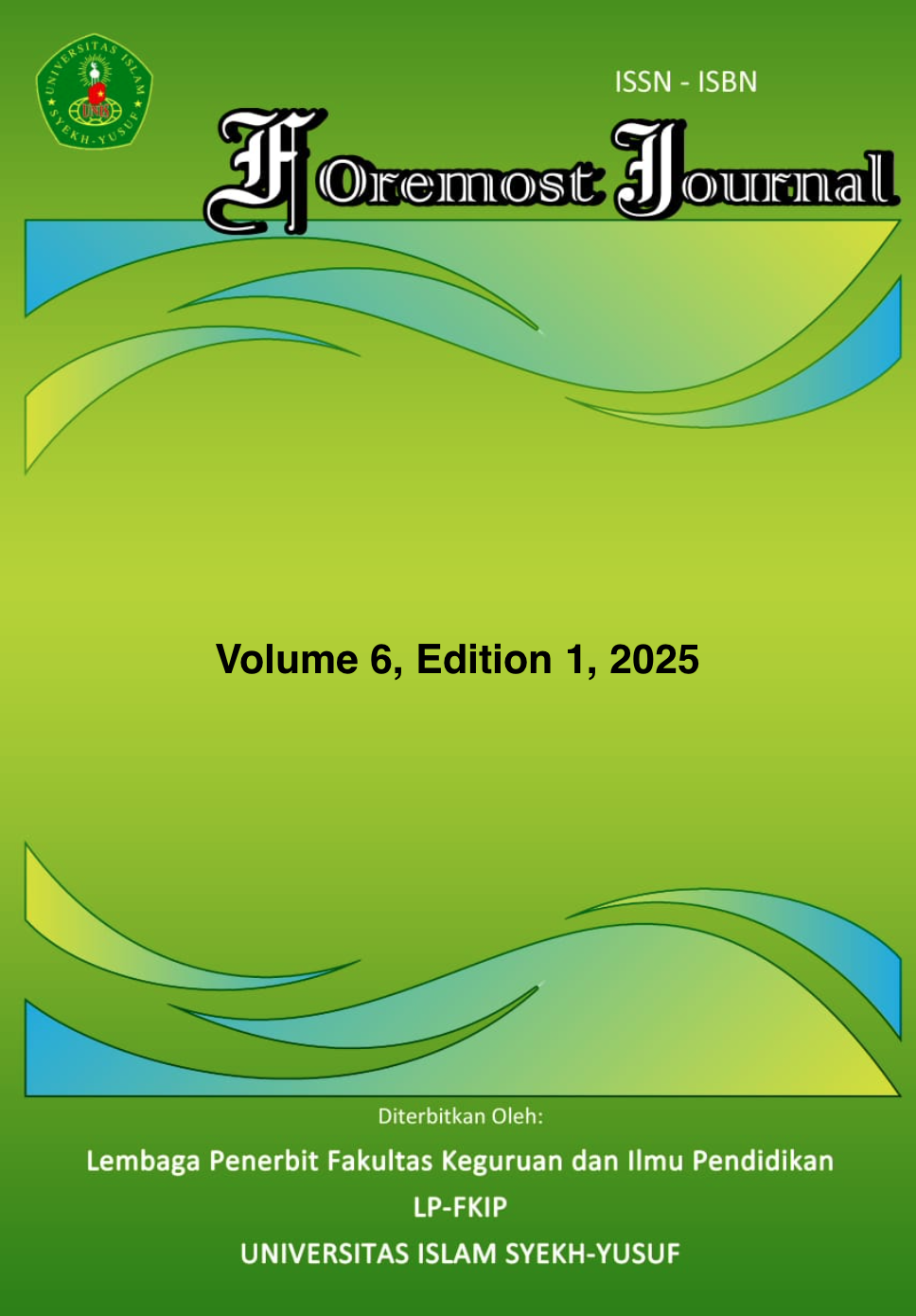The Experience of Grade V Elementary School Students in Writing Creative Stories Based on Storyscaping at SD Negeri Lanbau 01
DOI:
https://doi.org/10.33592/foremost.v6i1.6740Keywords:
Storyscaping, Experience, Student creativity, Creative story writingAbstract
This study aims to describe the experiences of fifth grade elementary school students in writing creative stories based on storyscaping and identify the challenges faced in the process. The storyscaping approach integrates elements of visualization, exploration of personal experiences, and development of creativity to help students write stories with a systematic narrative structure. Data were obtained through in-depth interviews with students and documentation of their writing. The results showed that this method was effective in enhancing students' creativity, enabling them to think critically, generate original ideas, and understand and internalize moral values in the story. In addition, students showed an increase in interest and ability in writing stories, supported by a supportive learning environment and teacher guidance. This study also found that storyscaping-based story writing helped students recognize culture, strengthen self-identity, and increase awareness of environmental issues through relevant personal experiences. However, the main challenges include students' limitations in developing complex storylines and utilizing creative elements optimally. This study provides a new contribution to experiential learning by combining narrative and technology approaches to improve students' writing skills. This emphasizes the importance of innovation in education to support literacy competencies in the digital era.
Downloads
Published
How to Cite
Issue
Section
License
Copyright (c) 2025 Foremost Journal

This work is licensed under a Creative Commons Attribution-NonCommercial-ShareAlike 4.0 International License.
- Authors certify that the work reported here has not been published before and contains no materials the publication of which would violate any copyright or other personal or proprietary right of any person or entity.
- Authors transfer or license the copyright of publishing to Foremost Journal to publish the article in any media format, to share, to disseminate, to index, and to maximize the impact of the article in any databases.
- Authors hereby agree to transfer a copyright for publishing to Foremost Journal a Publisher of the manuscript.
- Authors reserve the following:
- all proprietary rights other than copyright such as patent rights;
- the right to use all or part of this article in future works of our own such as in books and lectures;
- use for presentation in a meeting or conference and distributing copies to attendees;
- use for internal training by author's company;
- distribution to colleagues for their research use;
- use in a subsequent compilation of the author's works;
- inclusion in a thesis or dissertation;
- reuse of portions or extracts from the article in other works (with full acknowledgement of final article);
- preparation of derivative works (other than commercial purposes) (with full acknowledgement of final article); and
- voluntary posting on open web sites operated by author or author’s institution for scholarly purposes, but it should follow the open access license of Creative Common CC BY-NC-SA License.



